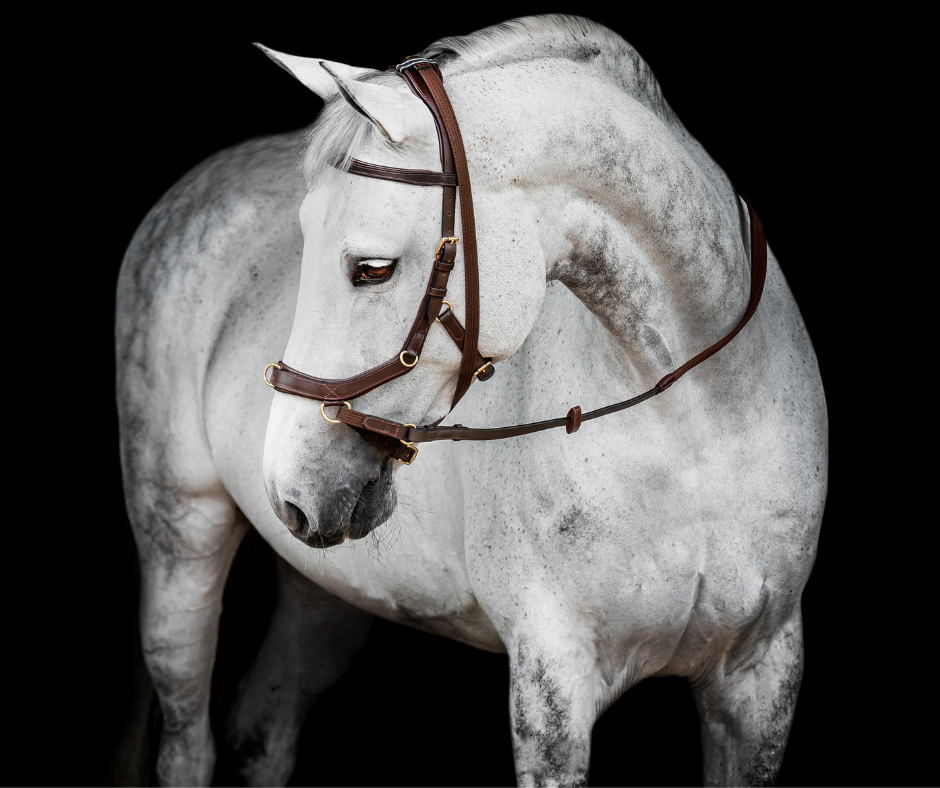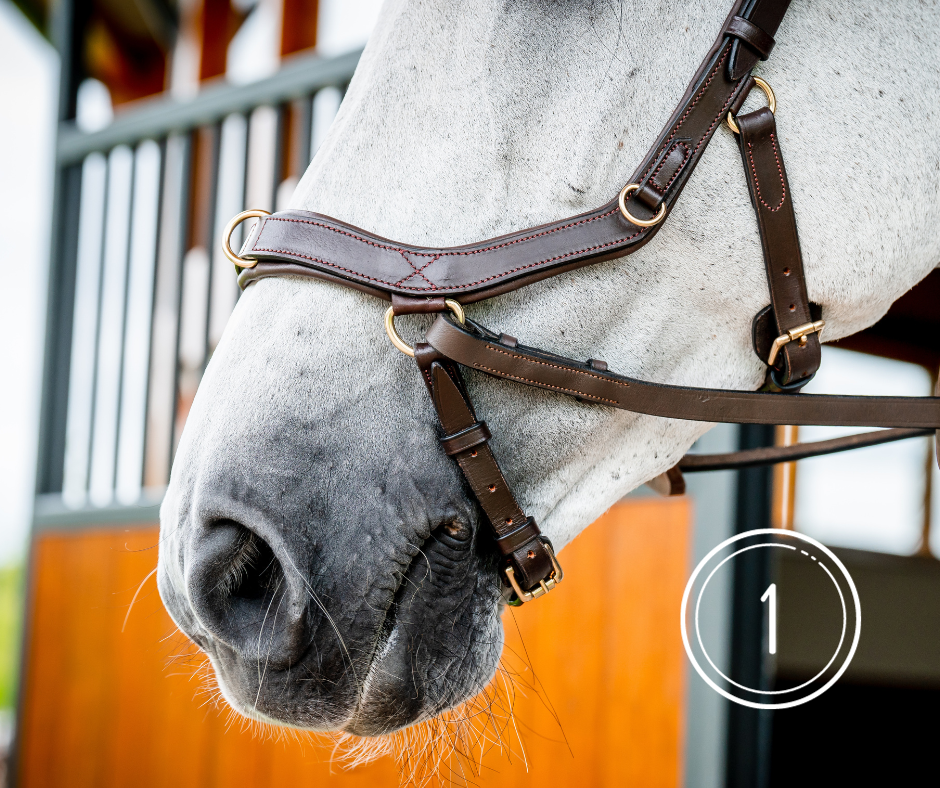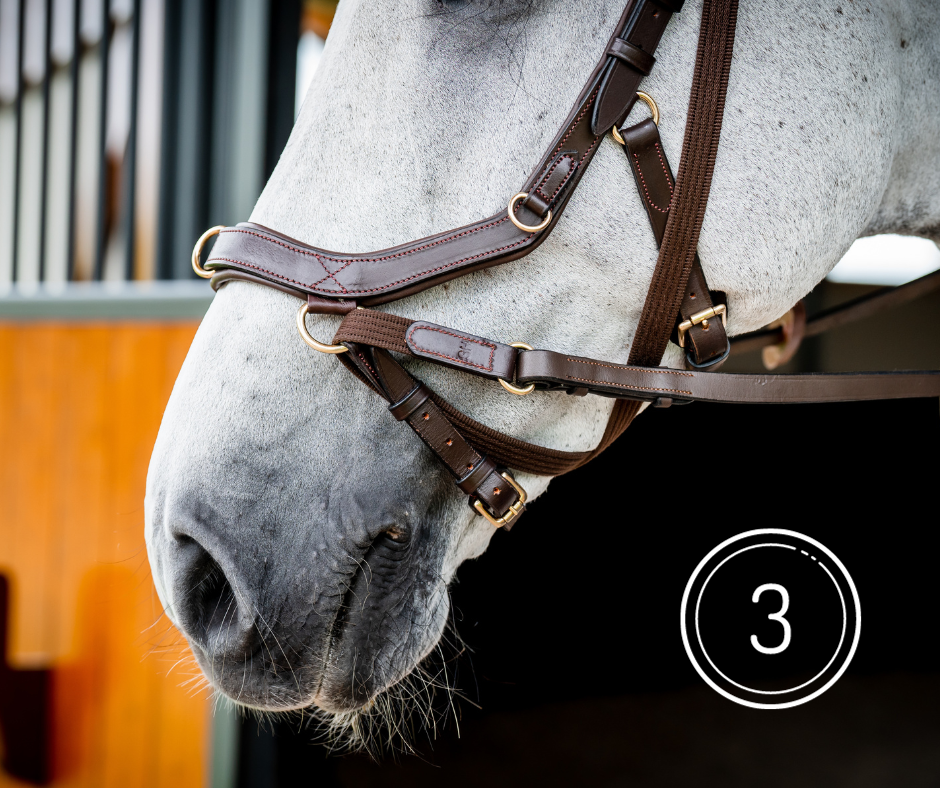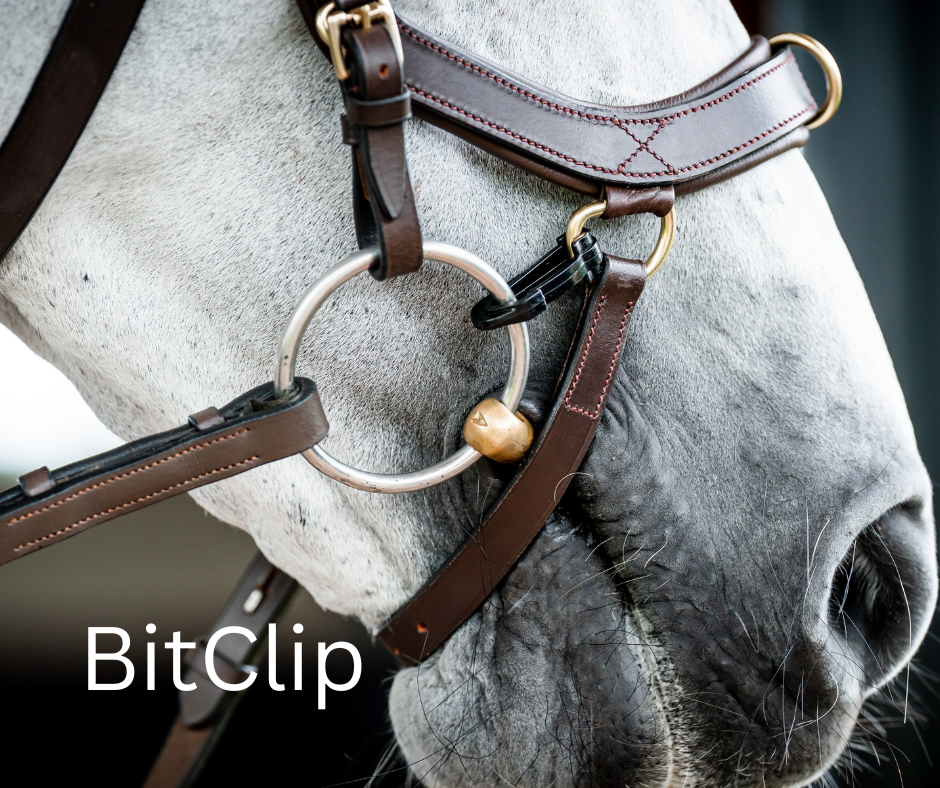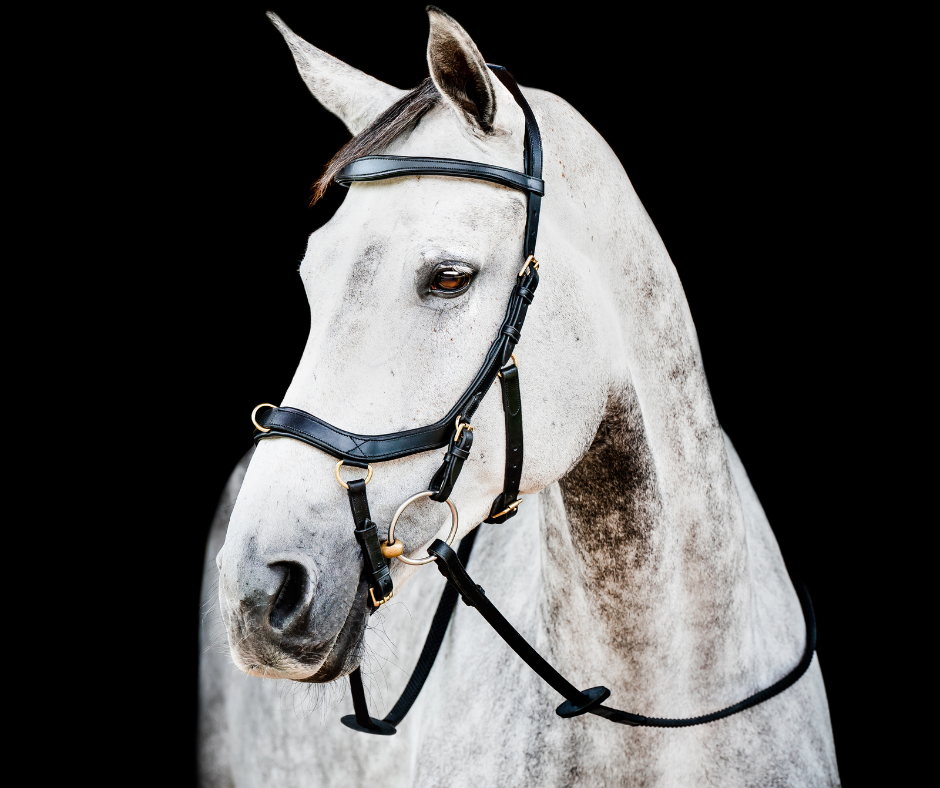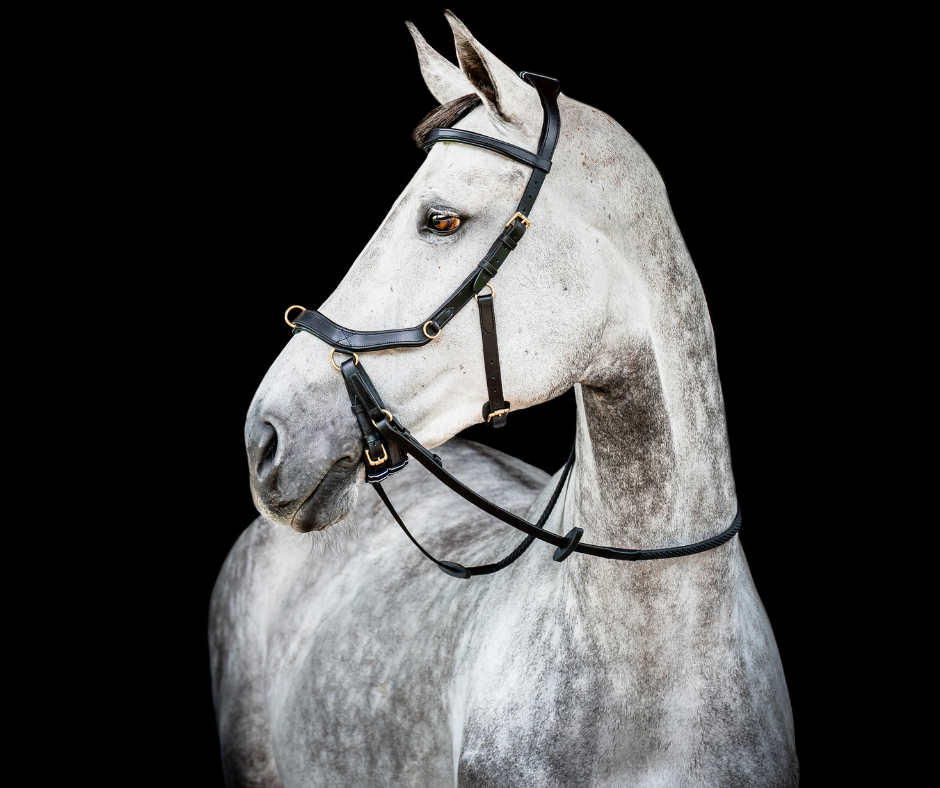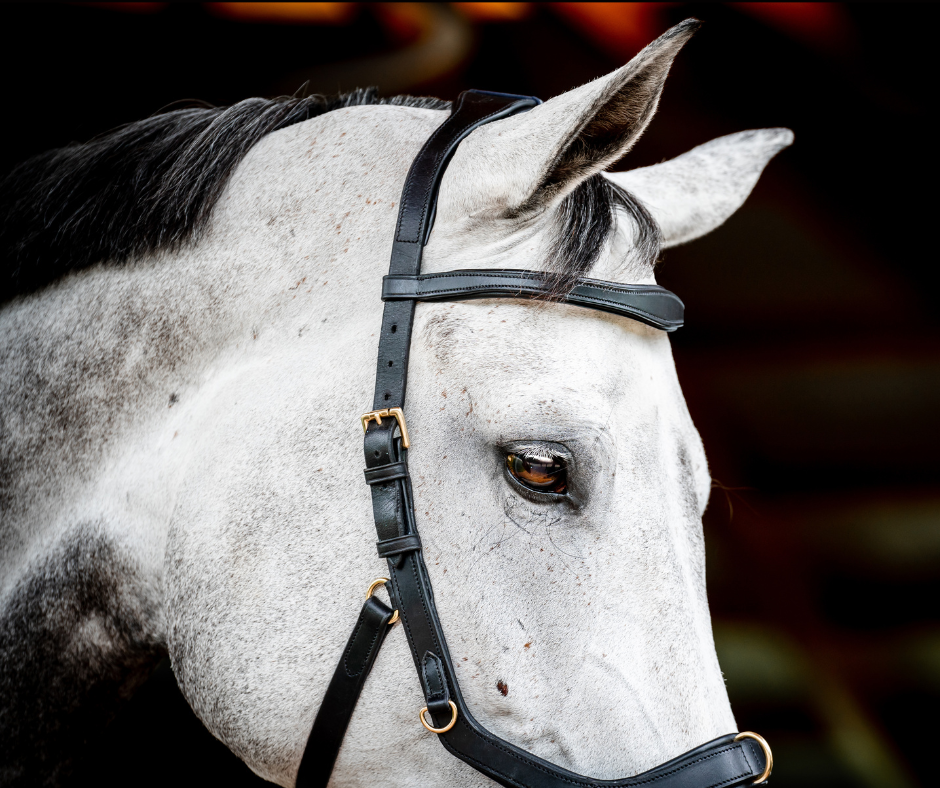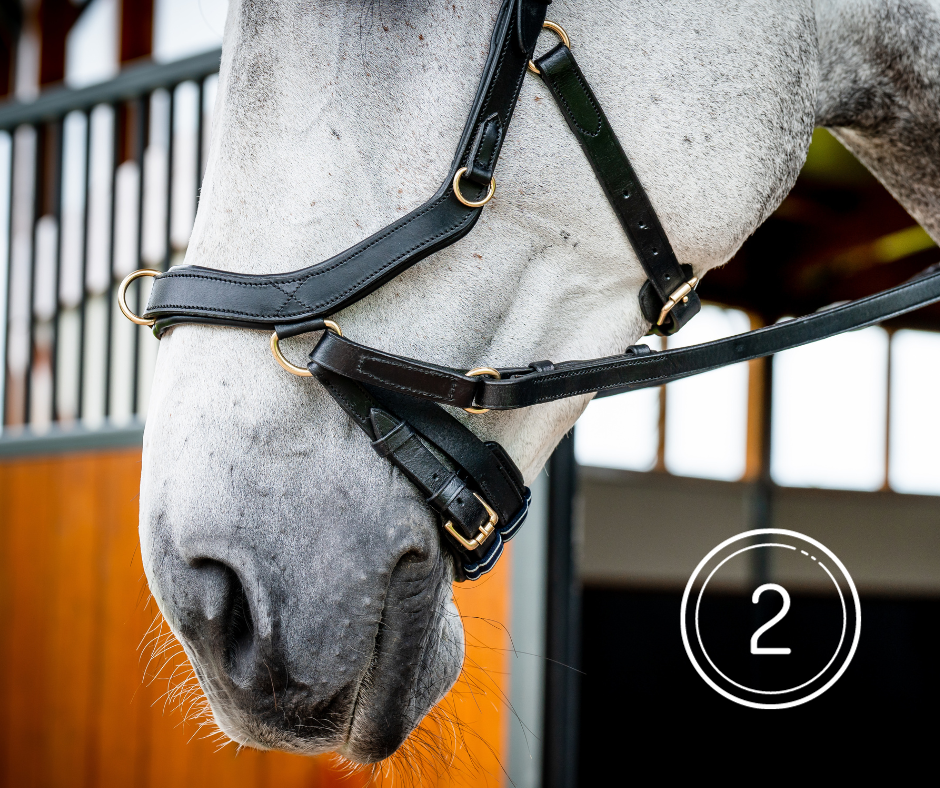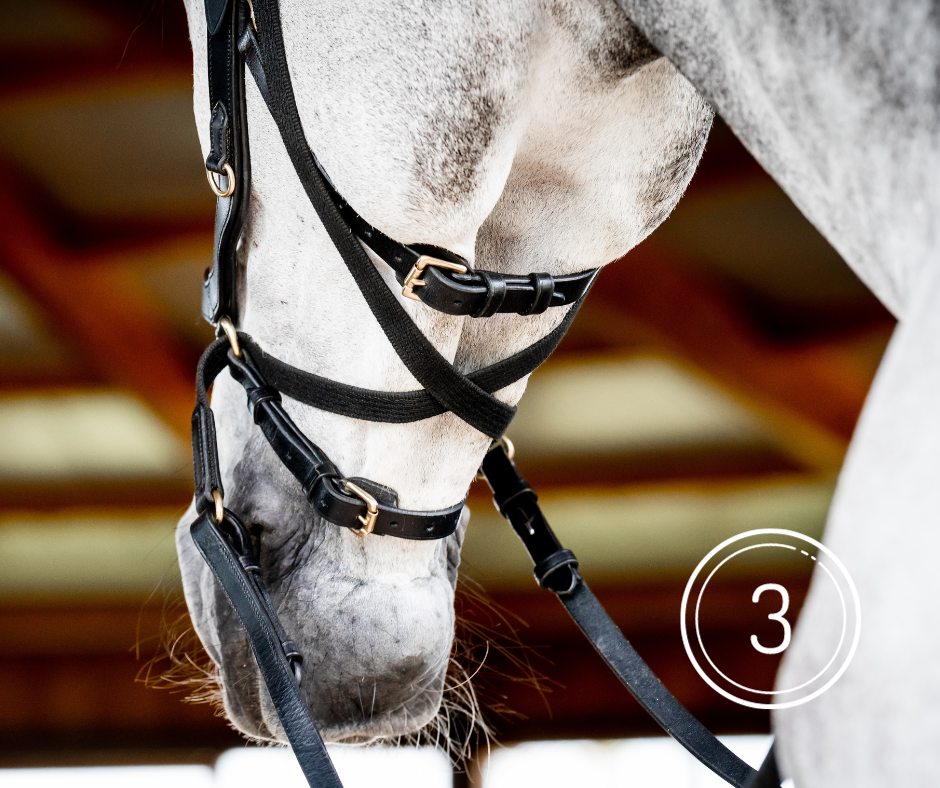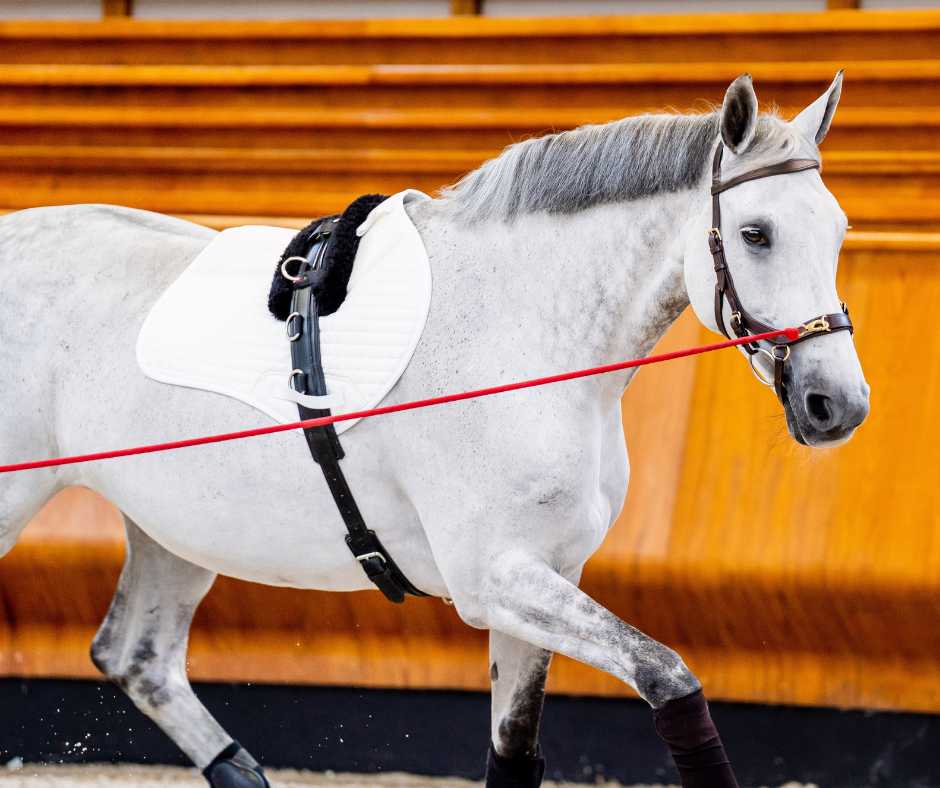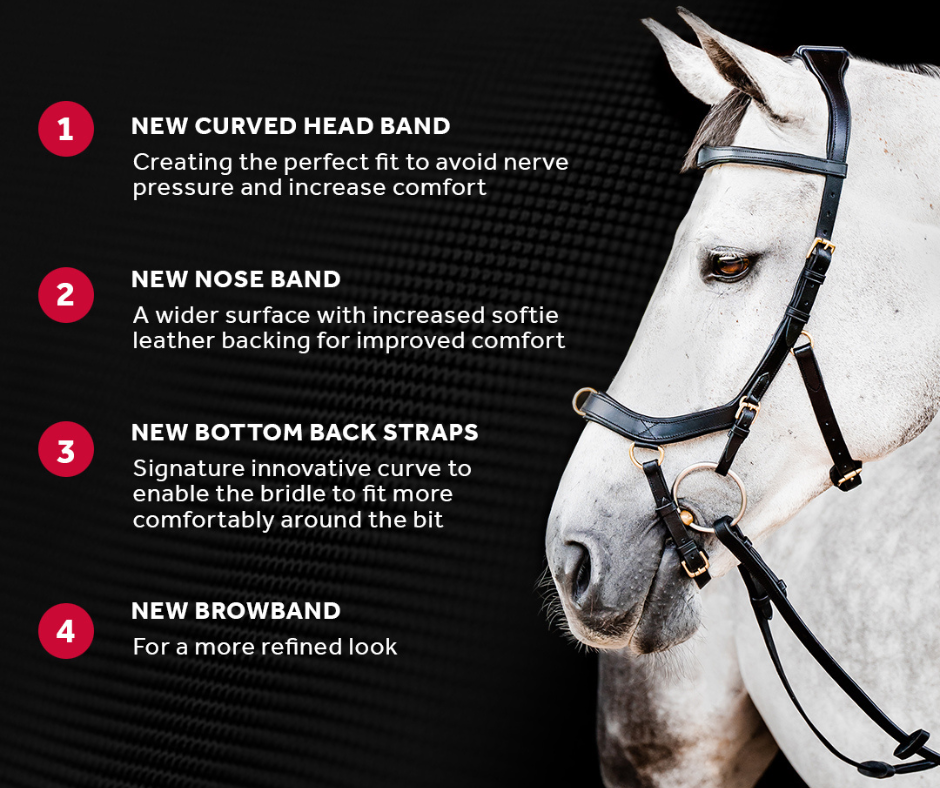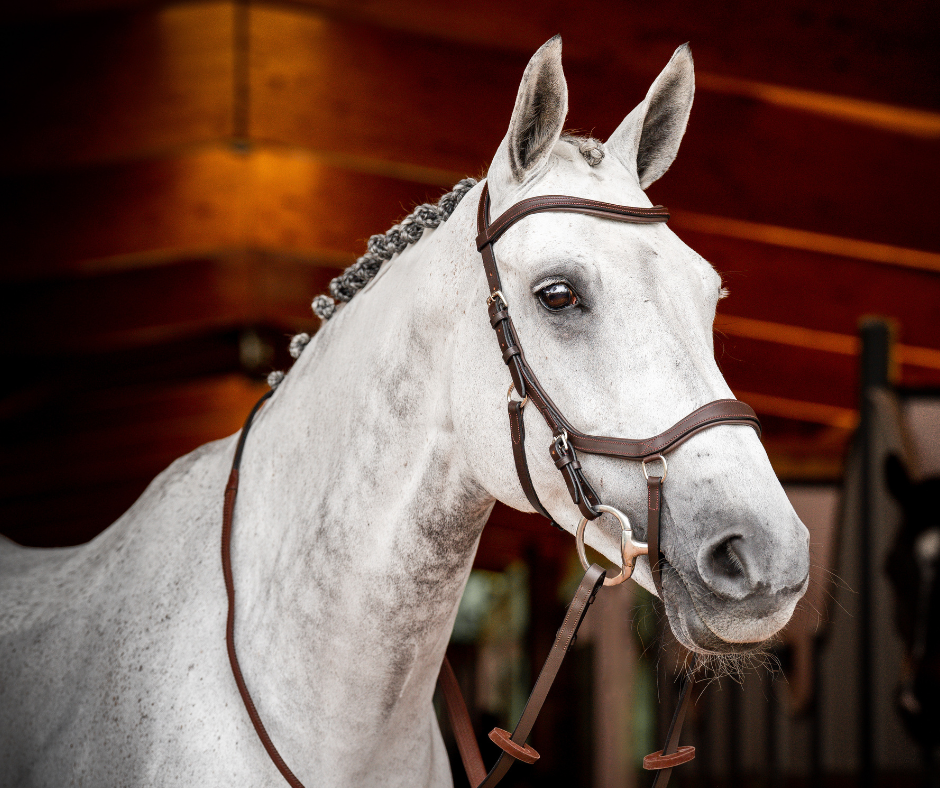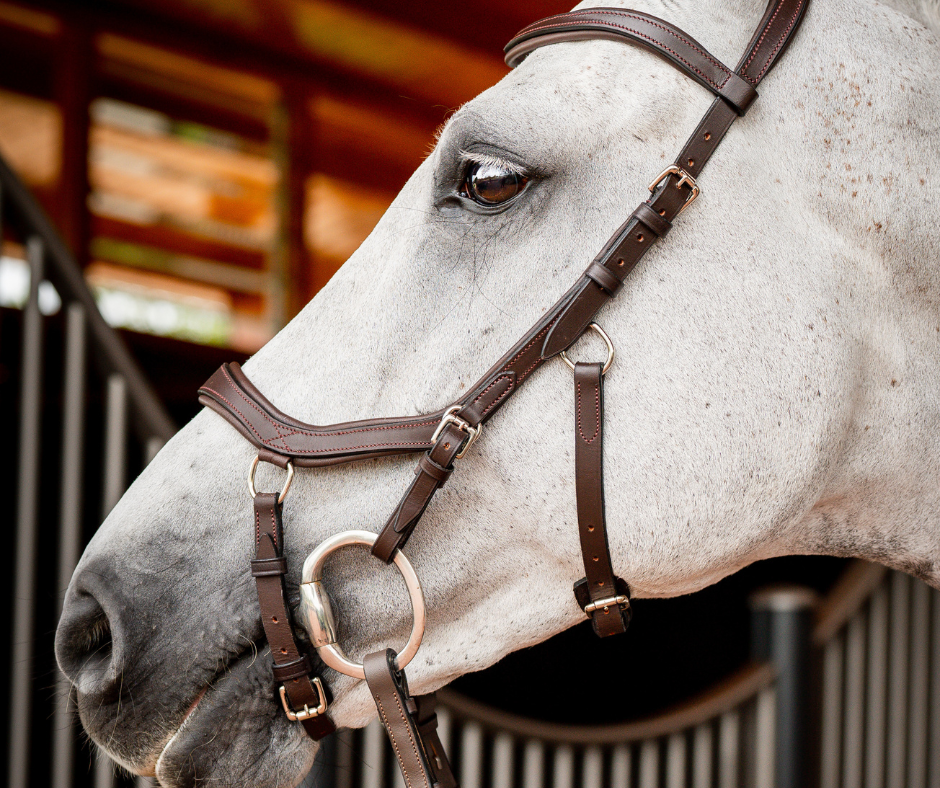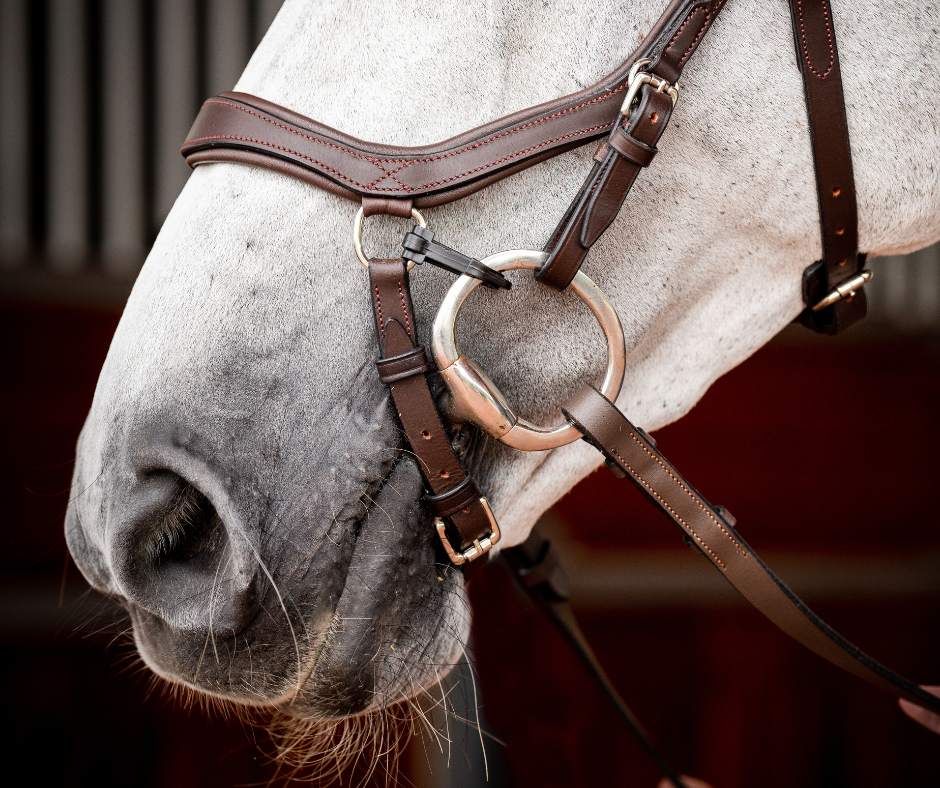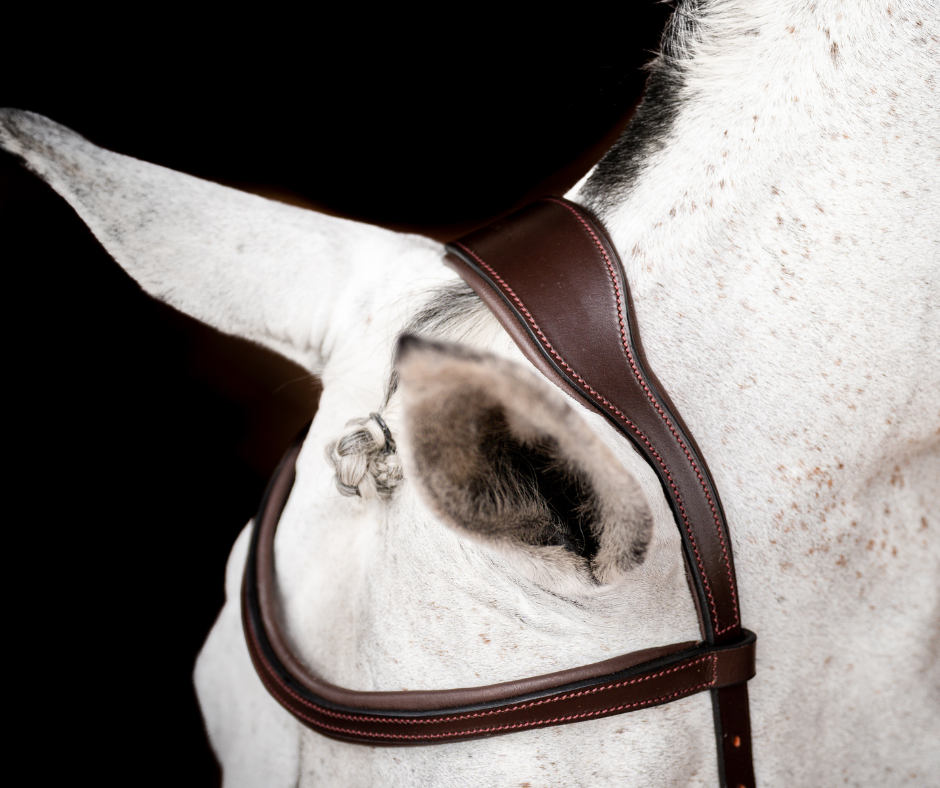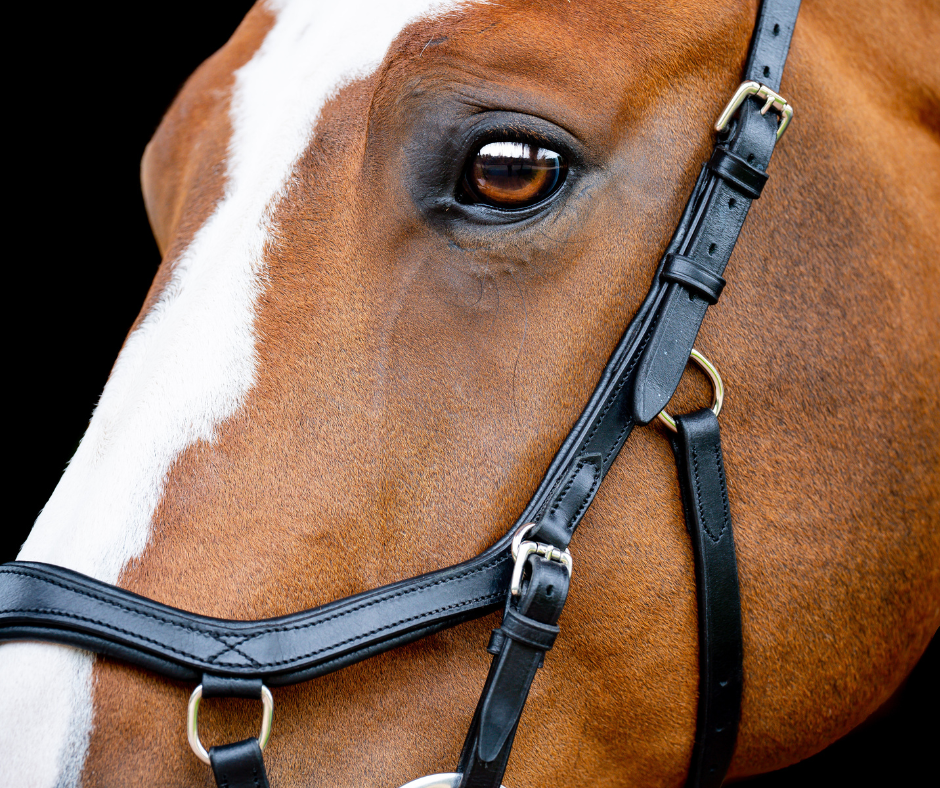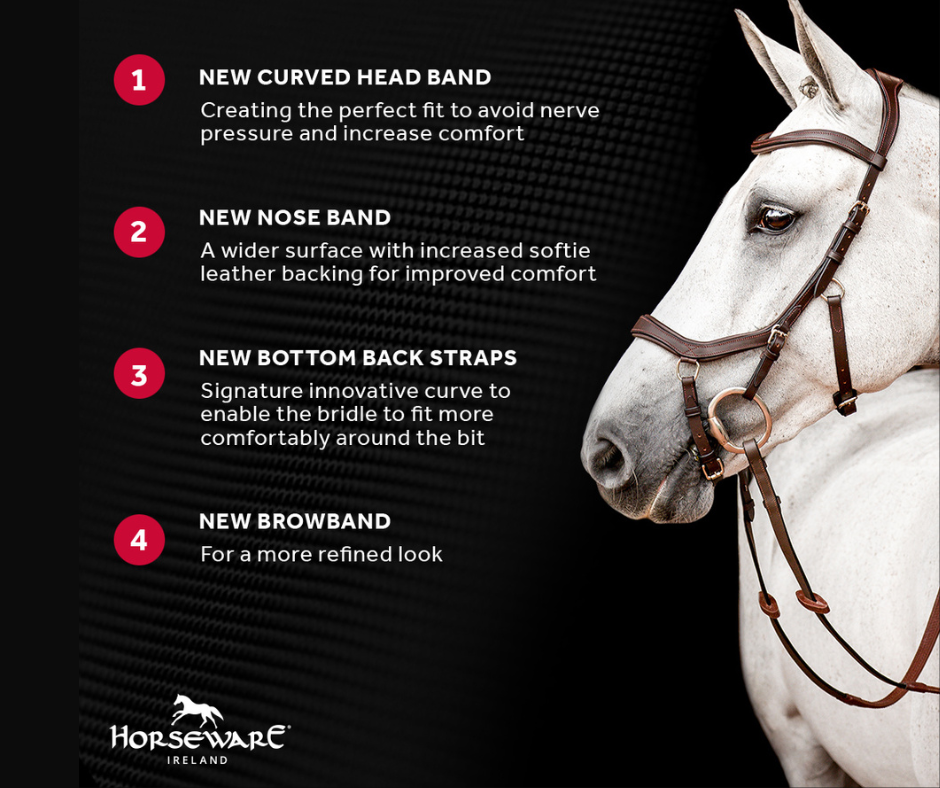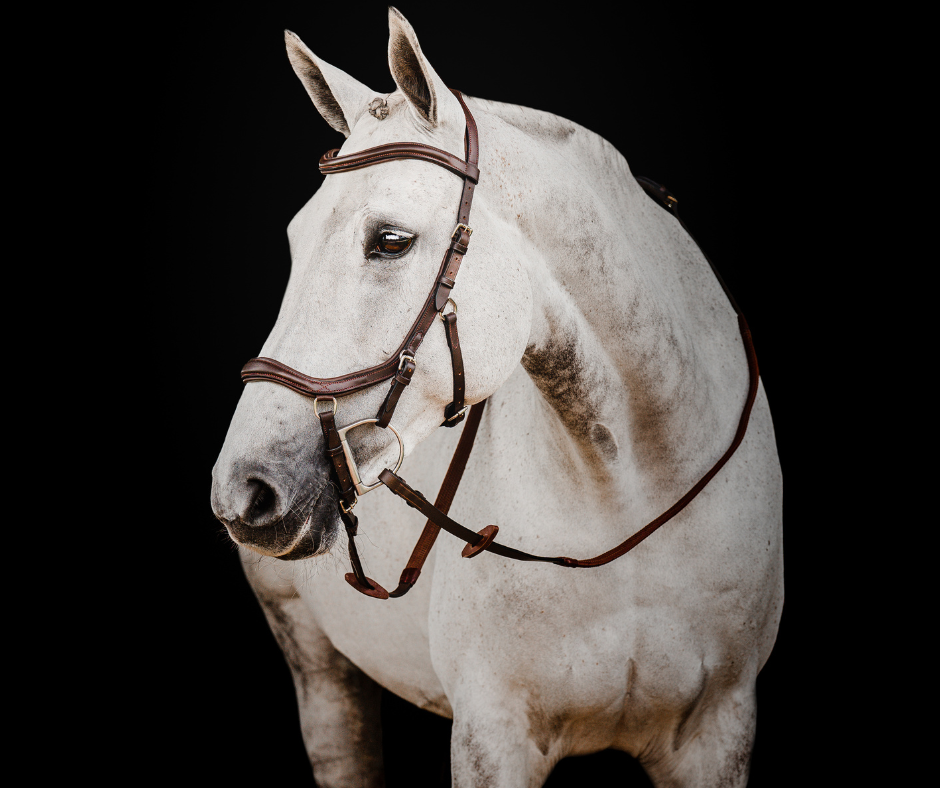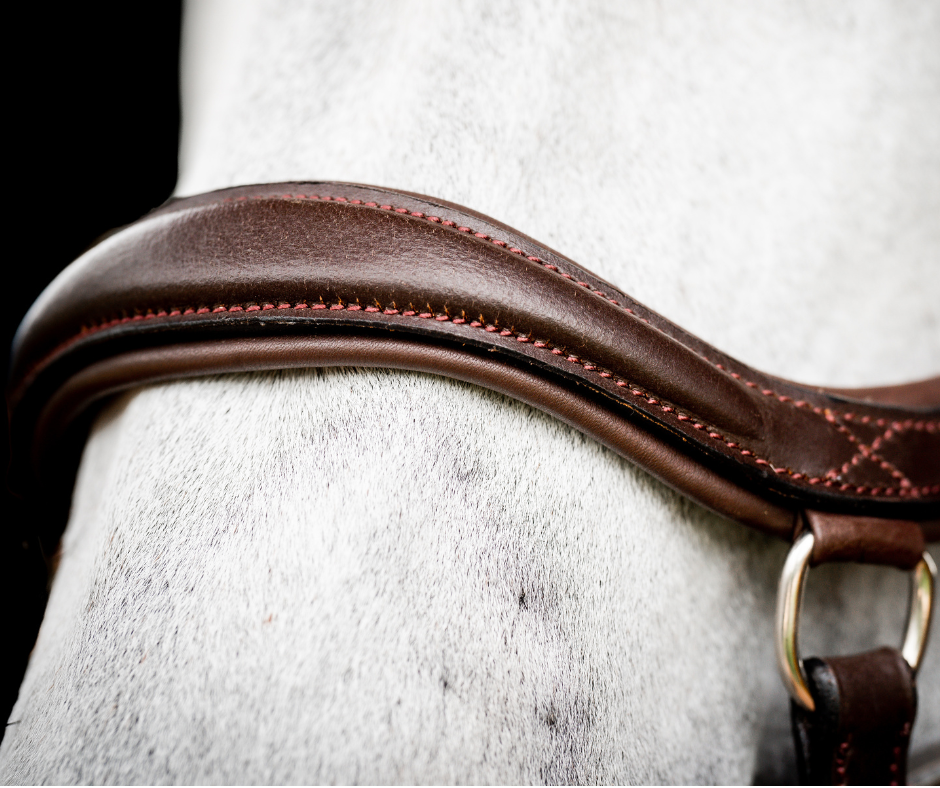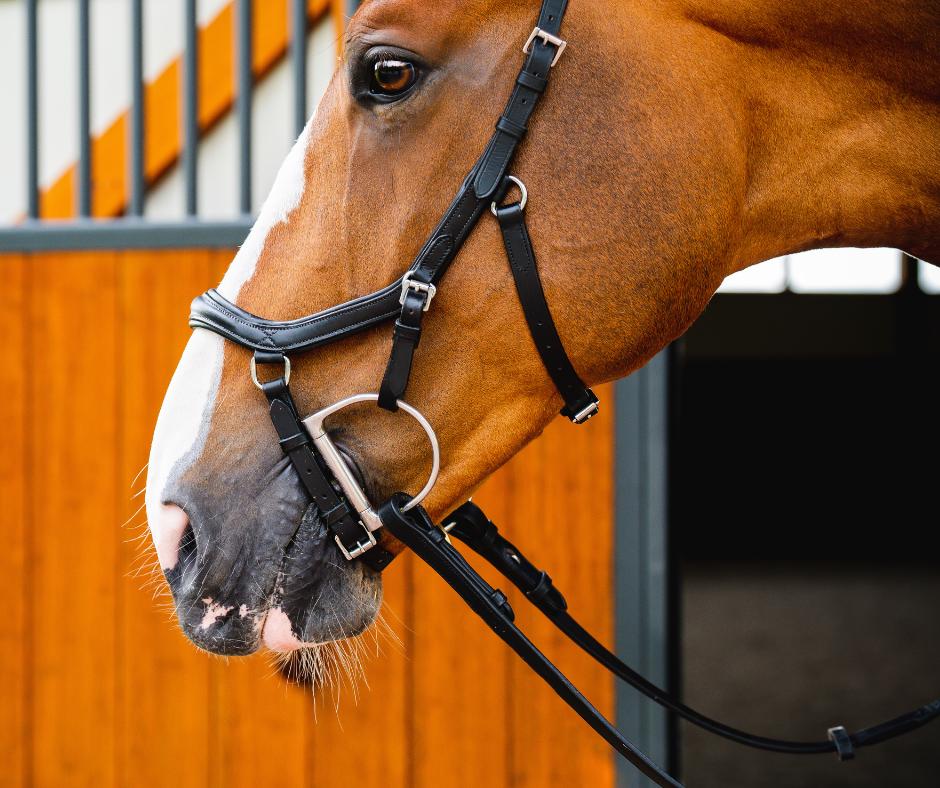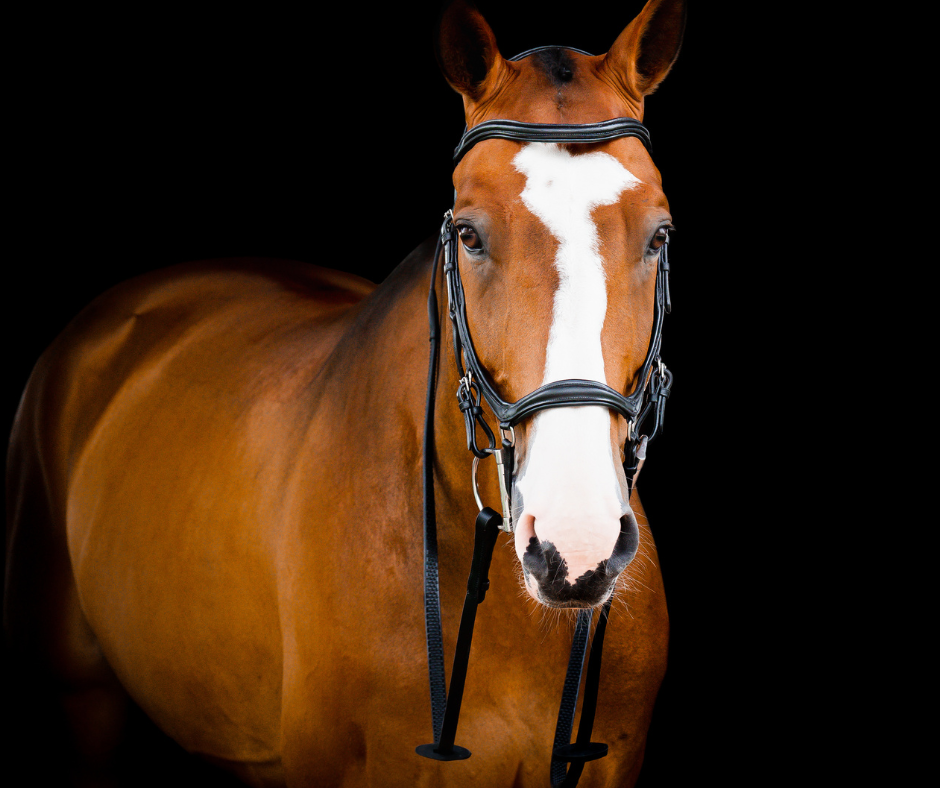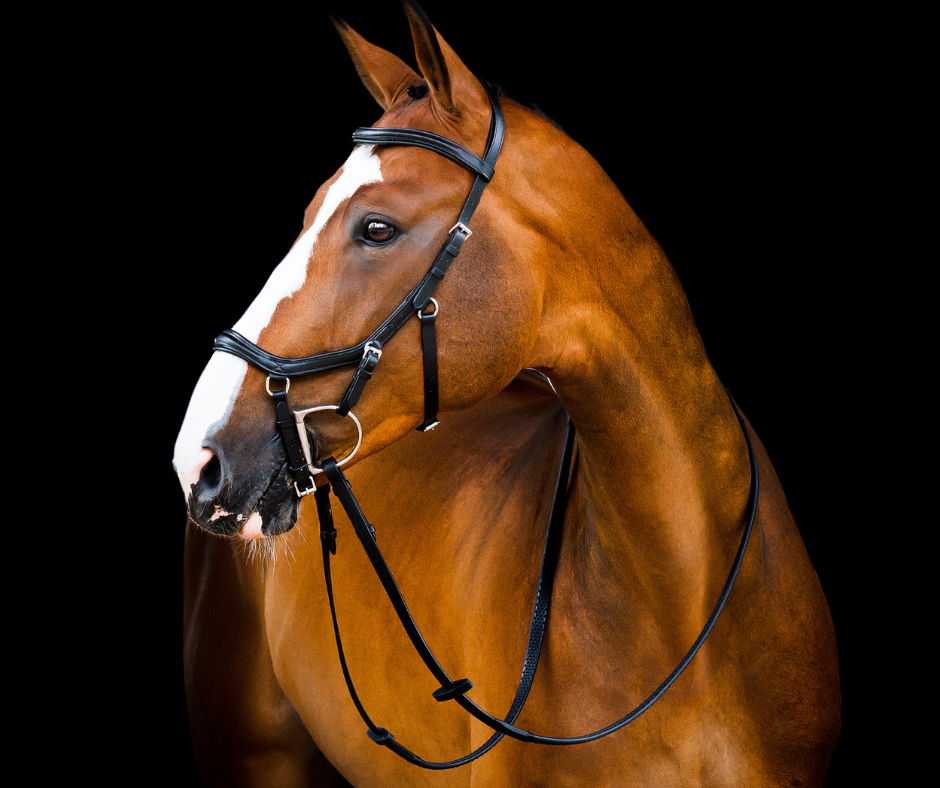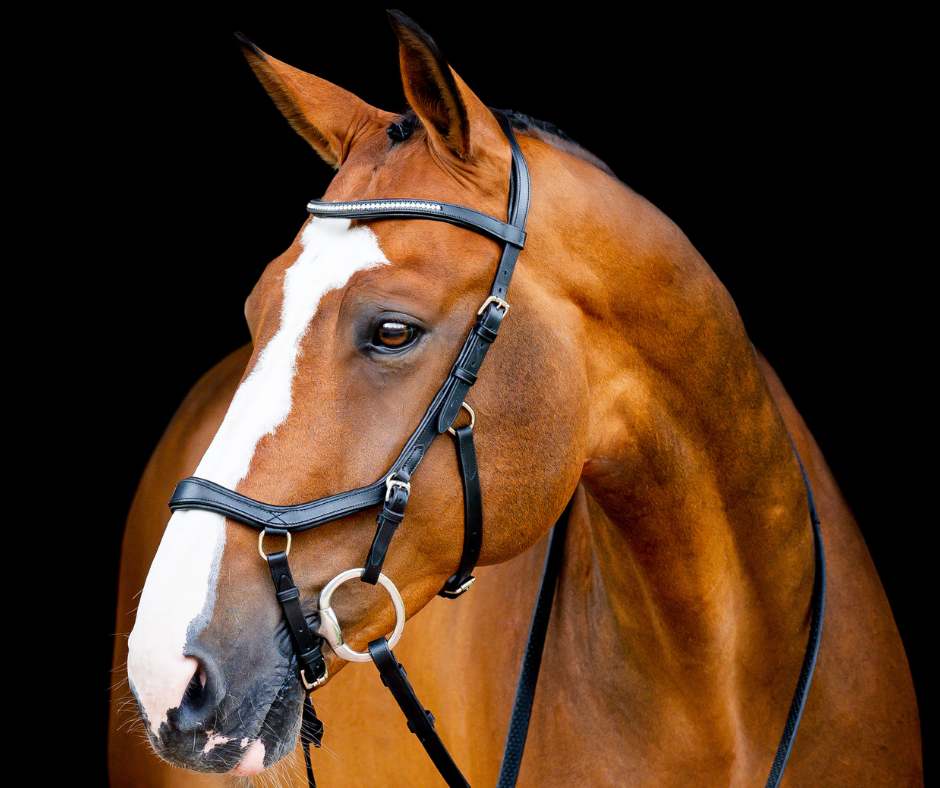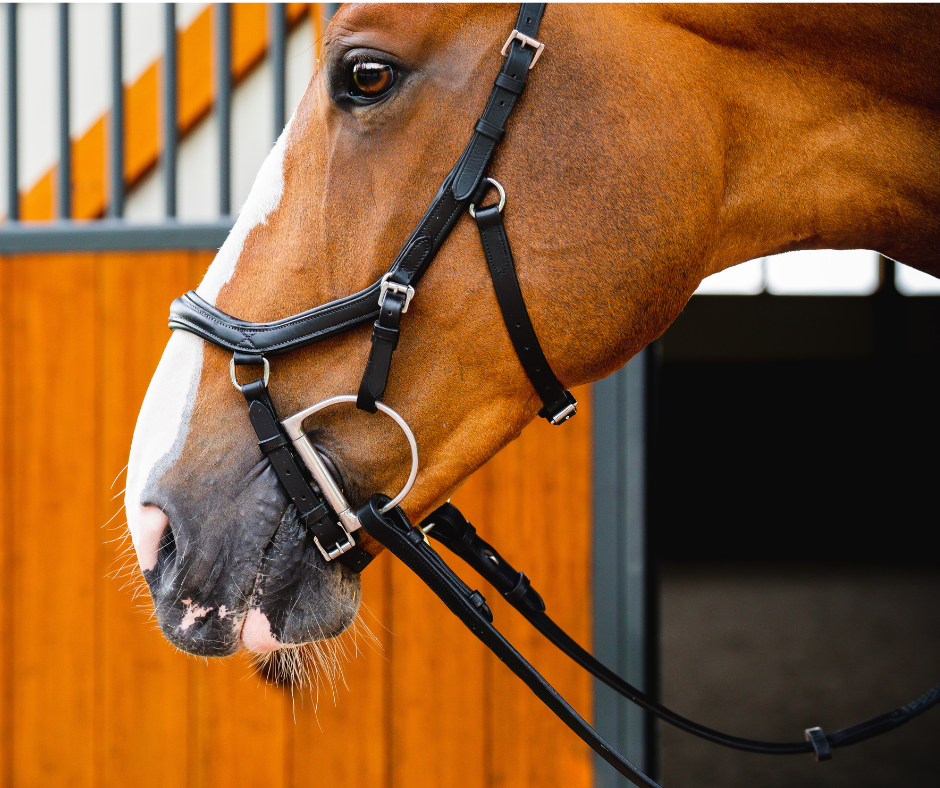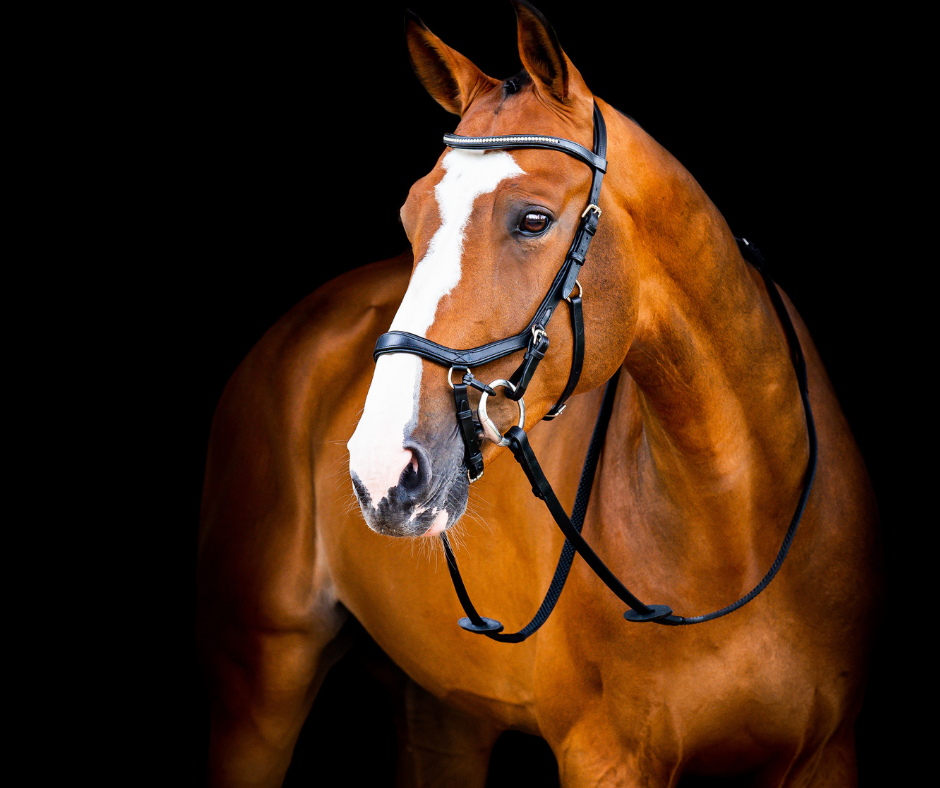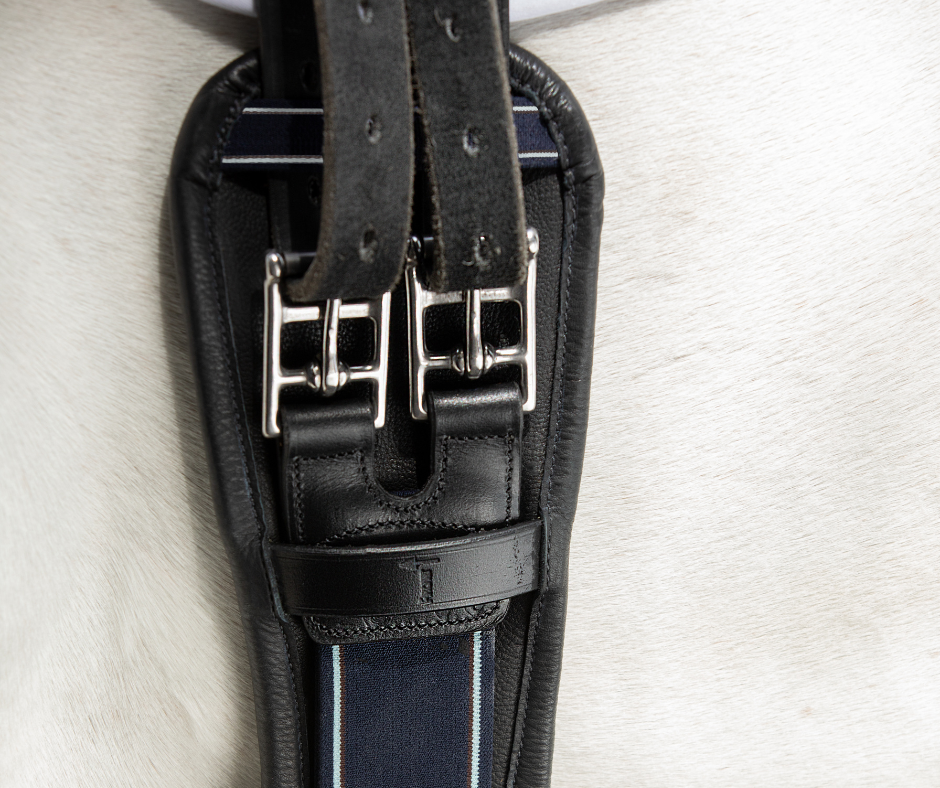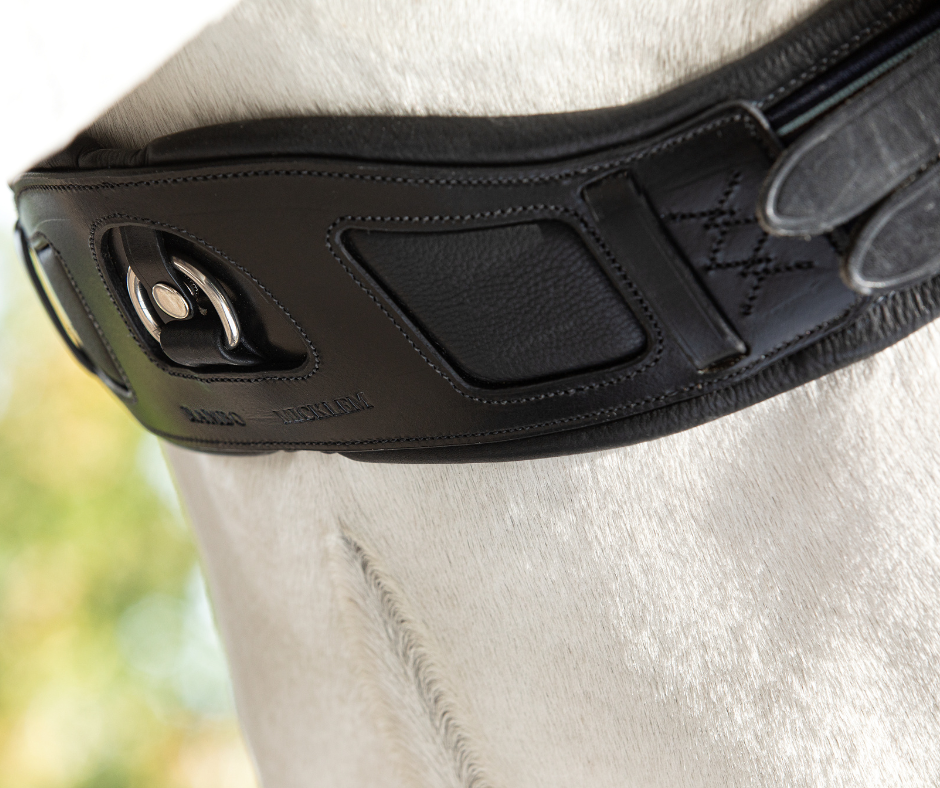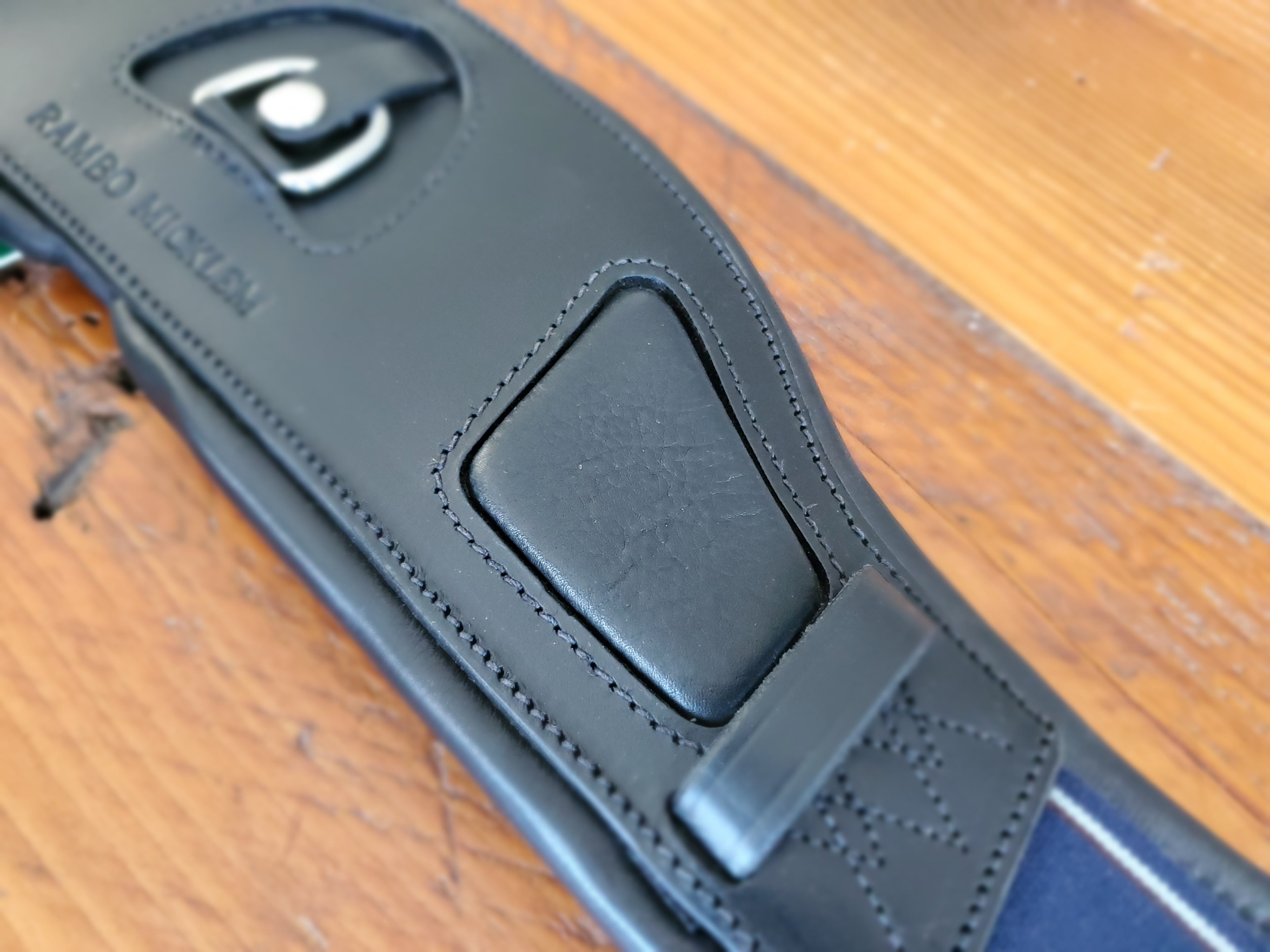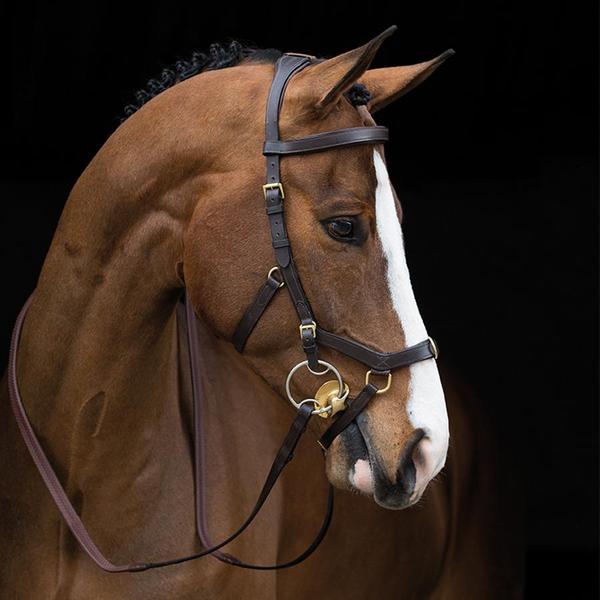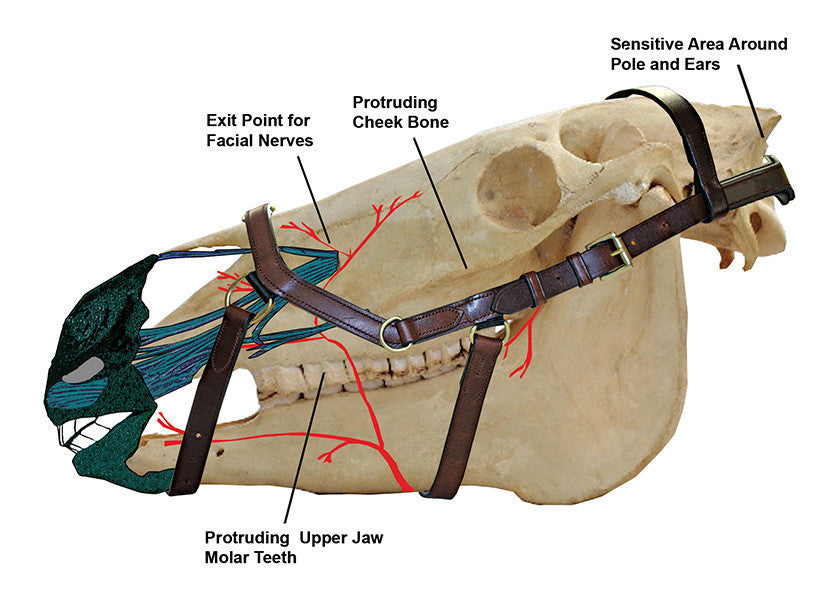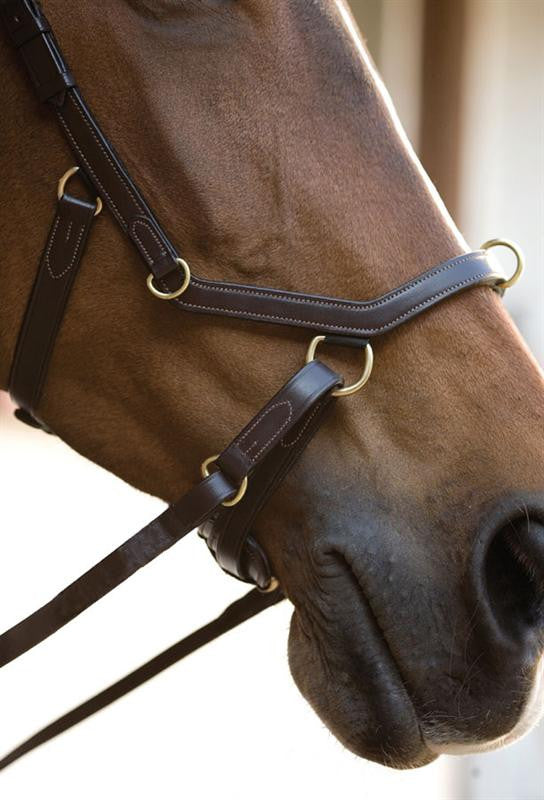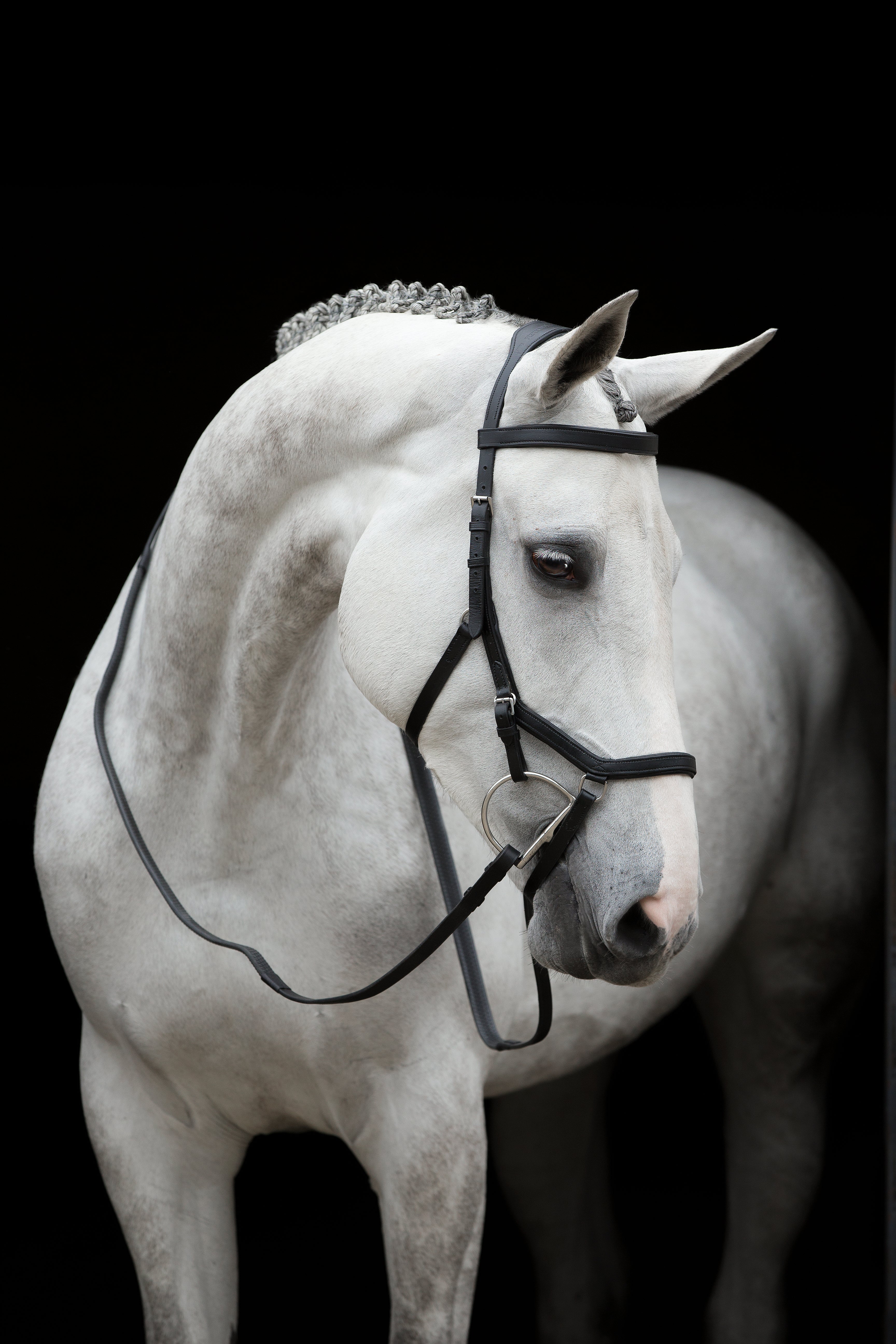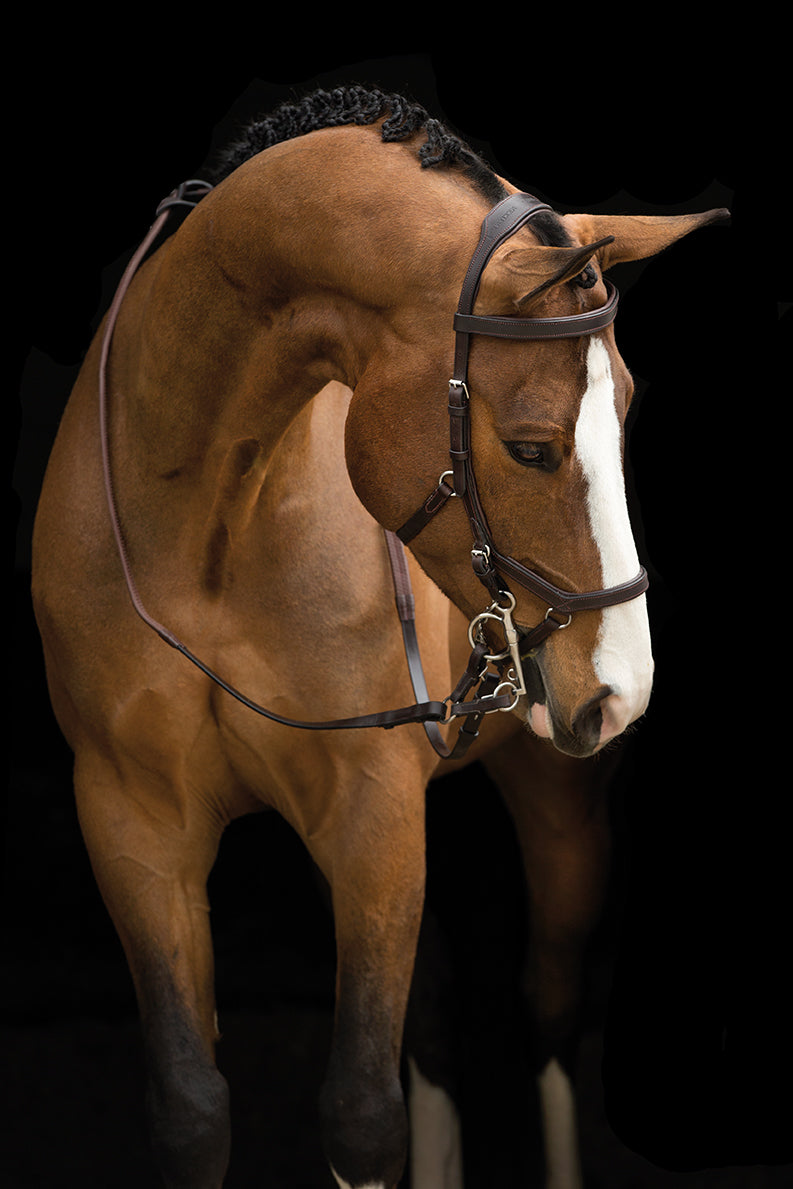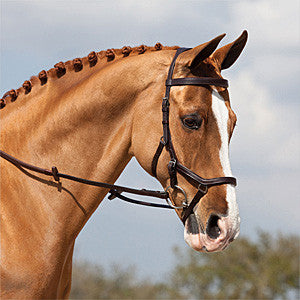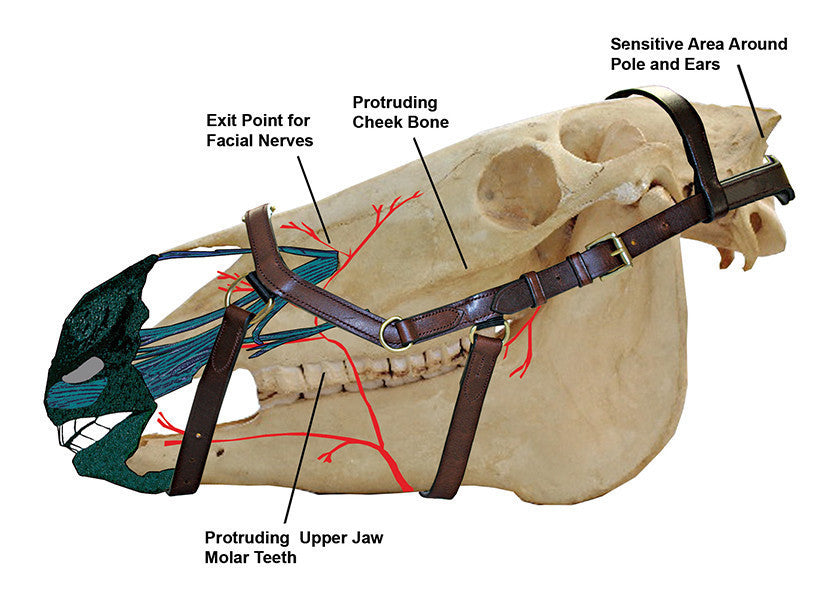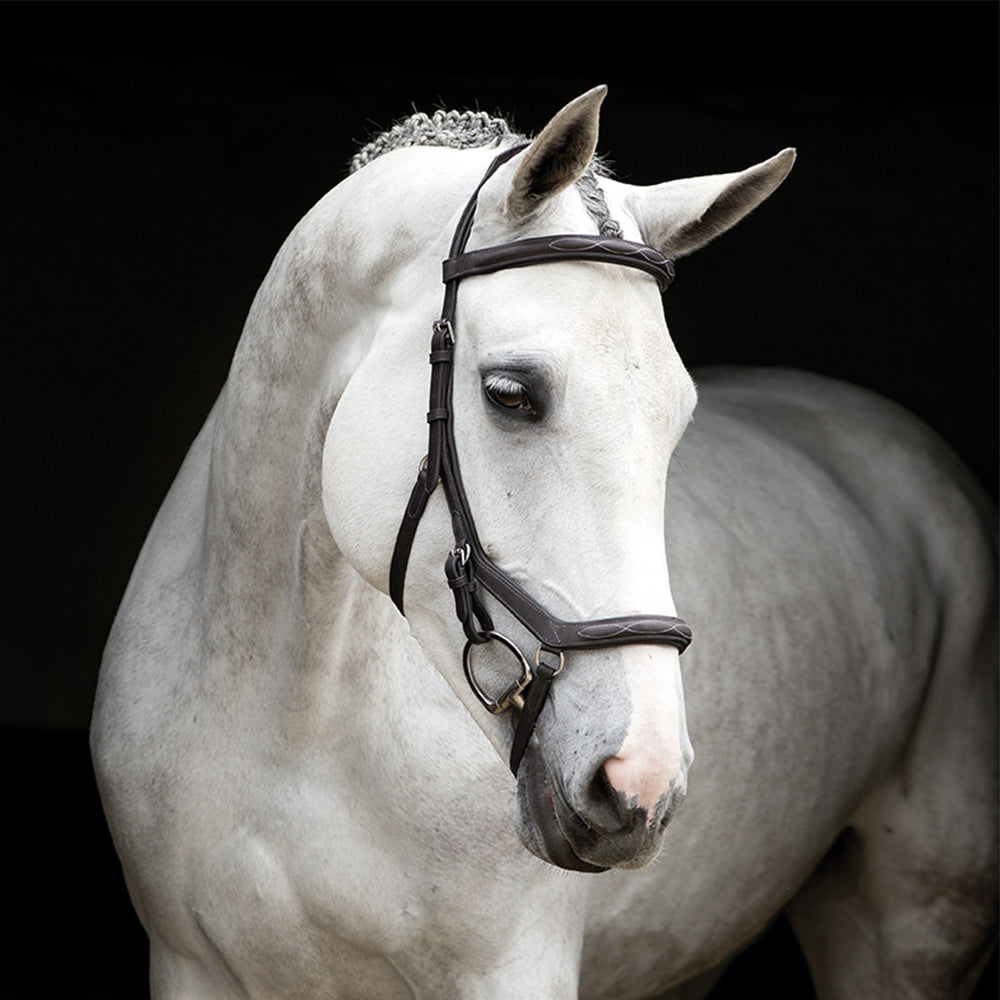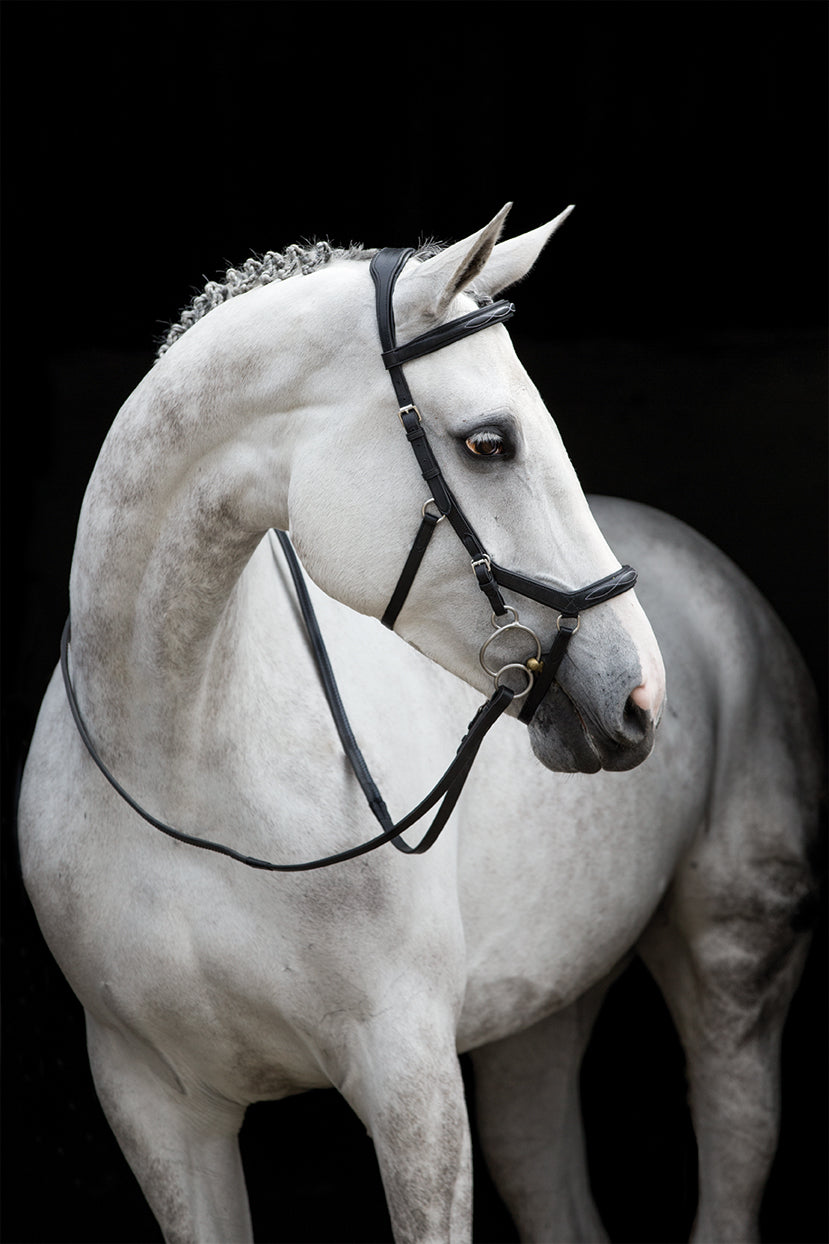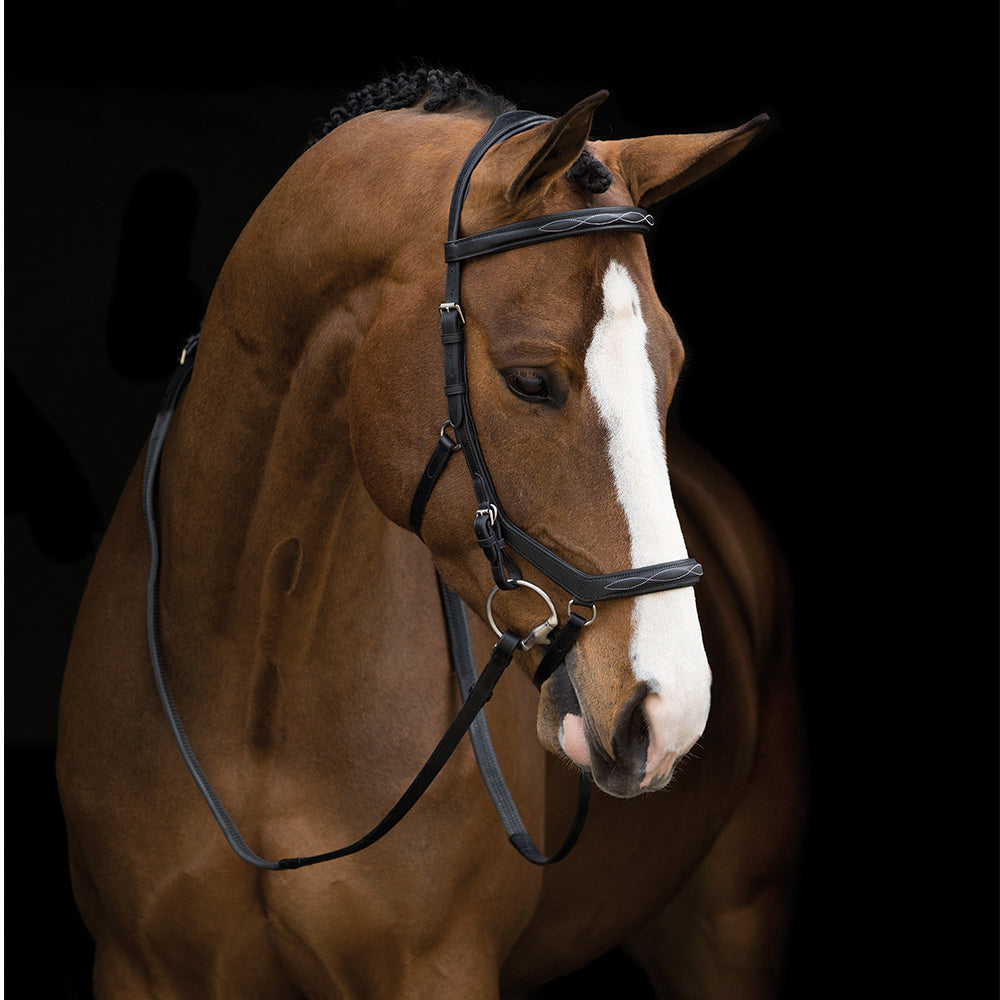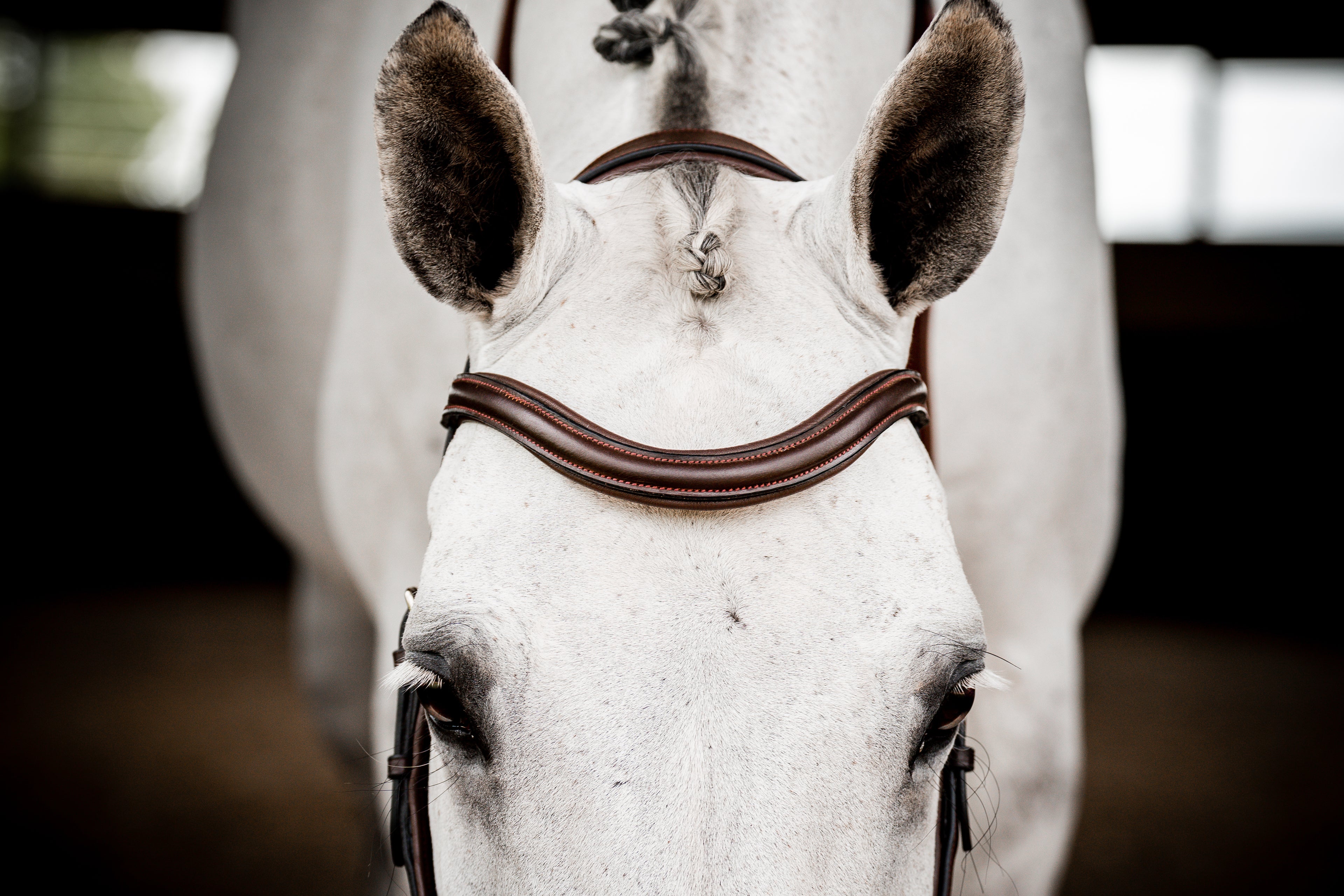
Micklem Bridle Fitting
Sizing and measurement instructions
Micklem 2:
Pony 11 hh/103cm with a wide head to 14 hh/143cm with a small head
Small Horse 14hh/143cm with a wide head to 16 hh/163cm with a small head
Super Cob 14 hh/143cm to 16 hh/163cm with a chunky head or big cheek bones
Standard Horse 16hh/163cm with a wide head to 17hh/173cm with a small head
Large Horse 16.2HH with a wide head and larger
Rambo Micklem:
Taking a measurement of your horse's head will provide you with a more accurate guide to their size requirements. To achieve this measure the distance from the bottom point of the protruding cheek bone on one side of the head, to the bottom point of the protruding cheek bone on the other side of the head, going over the nose.
Under 27 cm (10.6 inches) = Pony
27 - 29 cm (10.6 to 11.4 inches) = Small Horse
29 - 31 cm (11.4 to 12.2 inches) = Standard Horse
31 - 33 cm (12.2 inches to 13 inches) = Large Horse
Fitting Guide
Micklem Competition Bridle
Your bridle will arrive partially assembled, if you disassemble your bridle, check when placing it back together that the arrow on the headpiece is pointing towards your horse's forelock. The shaped edge next to the ears will be slightly straighter than the edge facing the wither.

Fit the bit straps to your bit first, with the buckle on the outside and the end of the strap facing upwards, then attach to the bridle using the bit rings at the bottom of the cheek pieces (see photo). Start with these on a longer setting so you can shorten if required at a later stage in the fitting process. For some bits with long sides or double rings, a shorter attachment than the bit straps may be needed. In which case, one of the sets of plastic bit clips can substitute for the leather bit straps. Now place the bridle on your horse. Start by adjusting the cheek straps to position the nose piece correctly.

Positioning the Front Nose Piece
Correct positioning of the nose piece is very important. The cheek pieces should pass just below the horse's protruding cheekbones. To confirm you have the right position over the nose, gently put your fingers on either side of the nostrils and you will be able to locate where soft nostril cavity meets the fragile ends of the nasal bones. The front nosepiece should not be below this point. Then use both the cheek pieces and the leather bit straps (shorten now if required) or plastic bit clips, to fit your bit at the normal height.
Fitting lower Nose & Jaw Straps
The last step is to fit the back straps under the jaw. Neither of the back straps should be fastened tight, they should both sit flush and are designed to allow for a small amount of movement. The upper back strap is not a throat lash (loose, behind the jaw). This back strap holds the bridle in place without causing any discomfort. It will sit naturally forward of the cheek bones at approximately 45 degrees to the vertical. If you find that your straps are not meeting or the bridle is sitting too low on the horse's nose, then you may need to adjust the side buckles (shorten the length), the bit straps (use longer bit straps), or possibly try another size of bridle.
Fitting the Tongue & Bar Protector (optional) The bit clips can be used in conjunction with a fitted bit. This provides you with a unique tongue and bar protection system. If a rider gets left behind, or a horse and rider pull against each other, the clips will shift the extra pressure to the nose rather than on to the tongue or the very narrow bars of the mouth.
This system will help the horse to accept the bit quietly with less resistance and discourages them from putting the tongue over the bit. It is also very useful for novice riders who have not yet learnt to go with the movement of the horse.

Guide for Micklem MultiBridle – Bitless & Cavesson Options
MultiBridle (Only) – Cavesson
The Rambo Micklem MultiBridle as fitted above, can be used as a classical lunge cavesson by simply attaching a lunge line to the ring provided on the nose piece. When using side reins or running reins, which by their nature are relatively fixed, the tongue protection system using the clips is a huge advantage. It may be necessary to tighten the top back strap by one hole in some circumstances where extra security is required.


MultiBridle (Only) – Bitless Options
There are three alternative bitless bridles, from mild to strong, all of which avoid damage to the molar teeth caused by standard bitless bridles. The Micklem bitless bridle is great alternative if mouth injury or damage (such as split corners) has occurred, or if your horse dislikes a bit. Some may wish to use a bitless bridle on a continuous basis, the stronger option is ideal for this. This design has been proven to work very successfully!
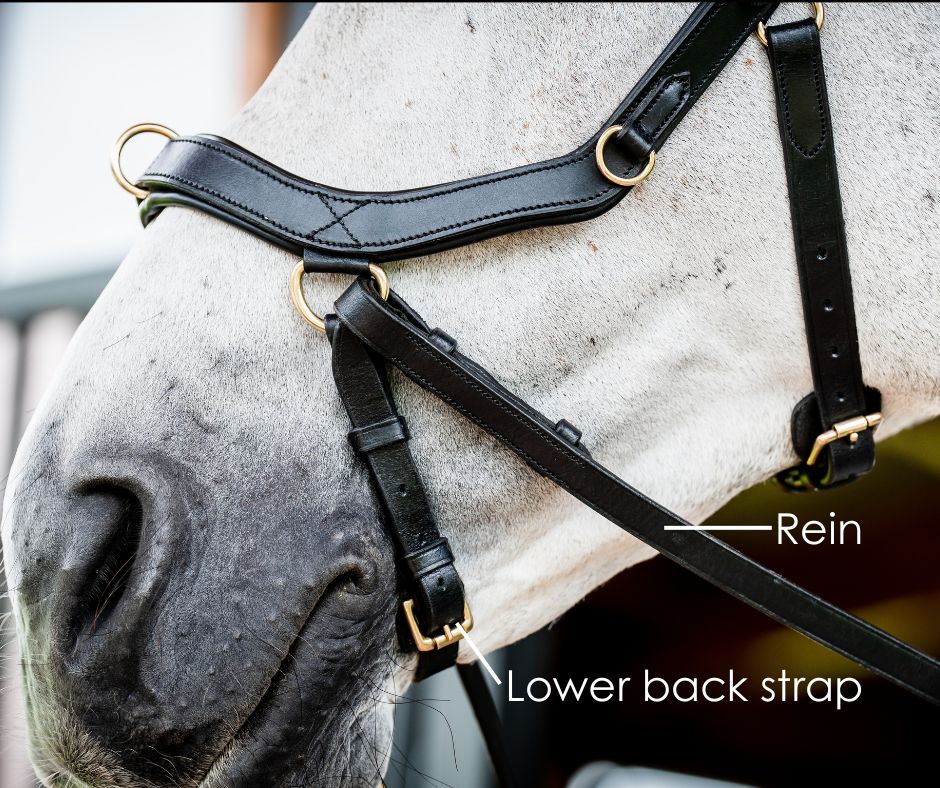
Mild - Take out the bit by undoing the bit straps or clips and attach the reins directly to the side rings of the MultiBridle. The bridles heavier metal side rings are also doubly reinforced to withstand the additional pressure created by using a Micklem bitless in this way.
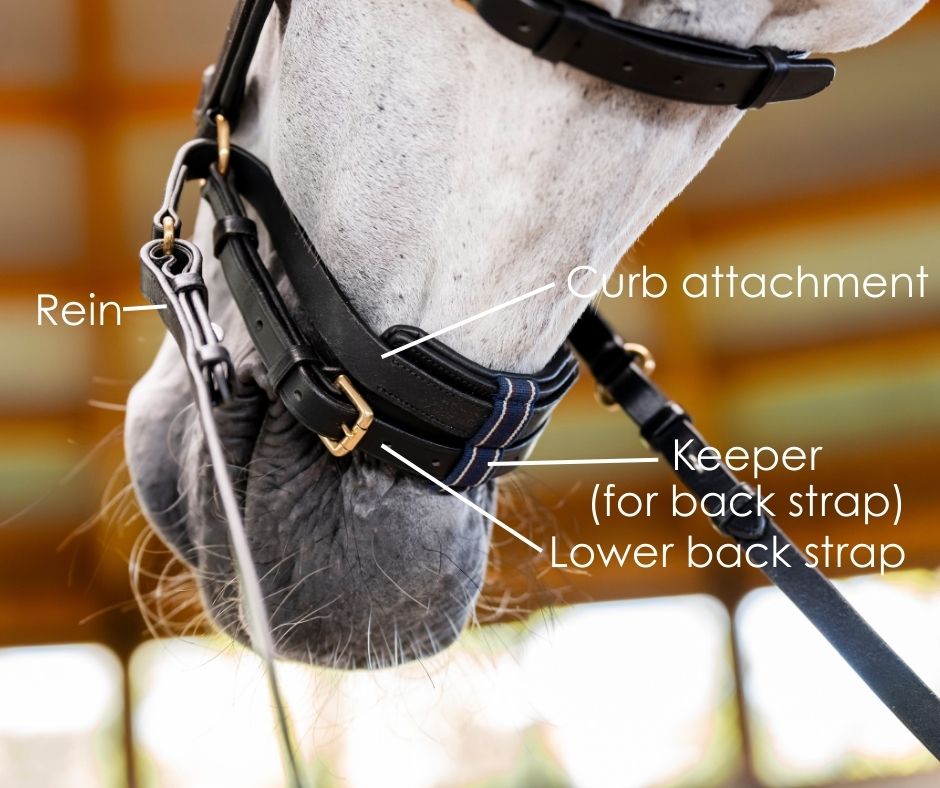
Medium - Add the curb attachment by fitting it under the lower back strap, like a curb chain. When doing this, the lower back strap will slide 'through' the fabric keeper of the curb groove attachment. Then bring the side straps of this attachment up through the side rings of the MultiBridle, attaching the reins to the ends of these side straps.
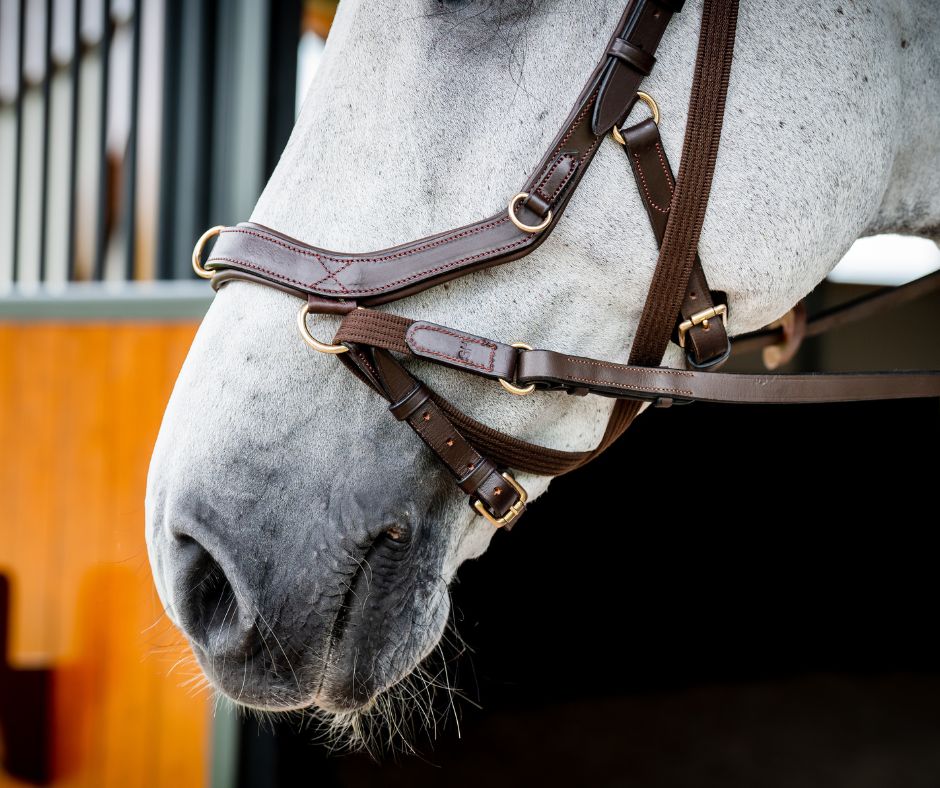
Strong - Take the long fabric webbing strap and bring it through the keeper located at the top of the crown piece. Centre this strap, then cross it diagonally under the jaw, in front of the cheeks, and bring it through (under & out) the bridle's nose piece side rings. Attach the reins to the rings on the ends of this long webbing strap.
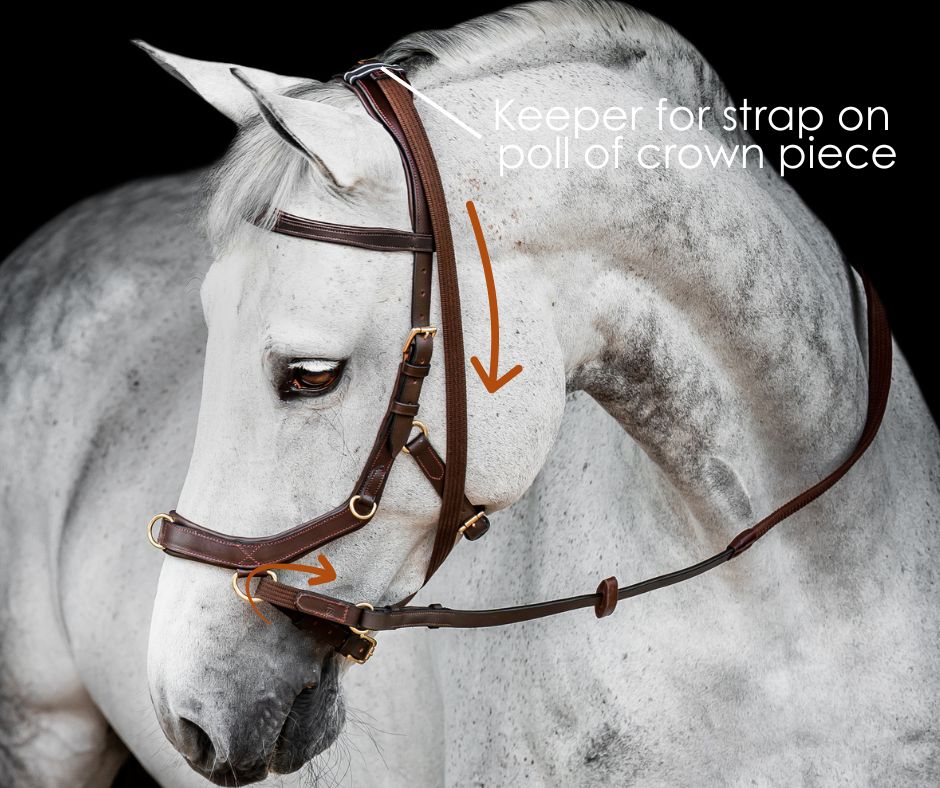

Headcollar
Just take off the bit or bitless bridle attachment and loosen the back straps and it is a headcollar for travelling to competitions or for use during long distance rides.
